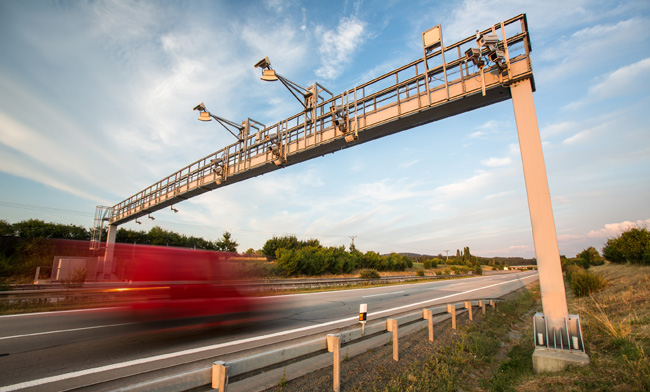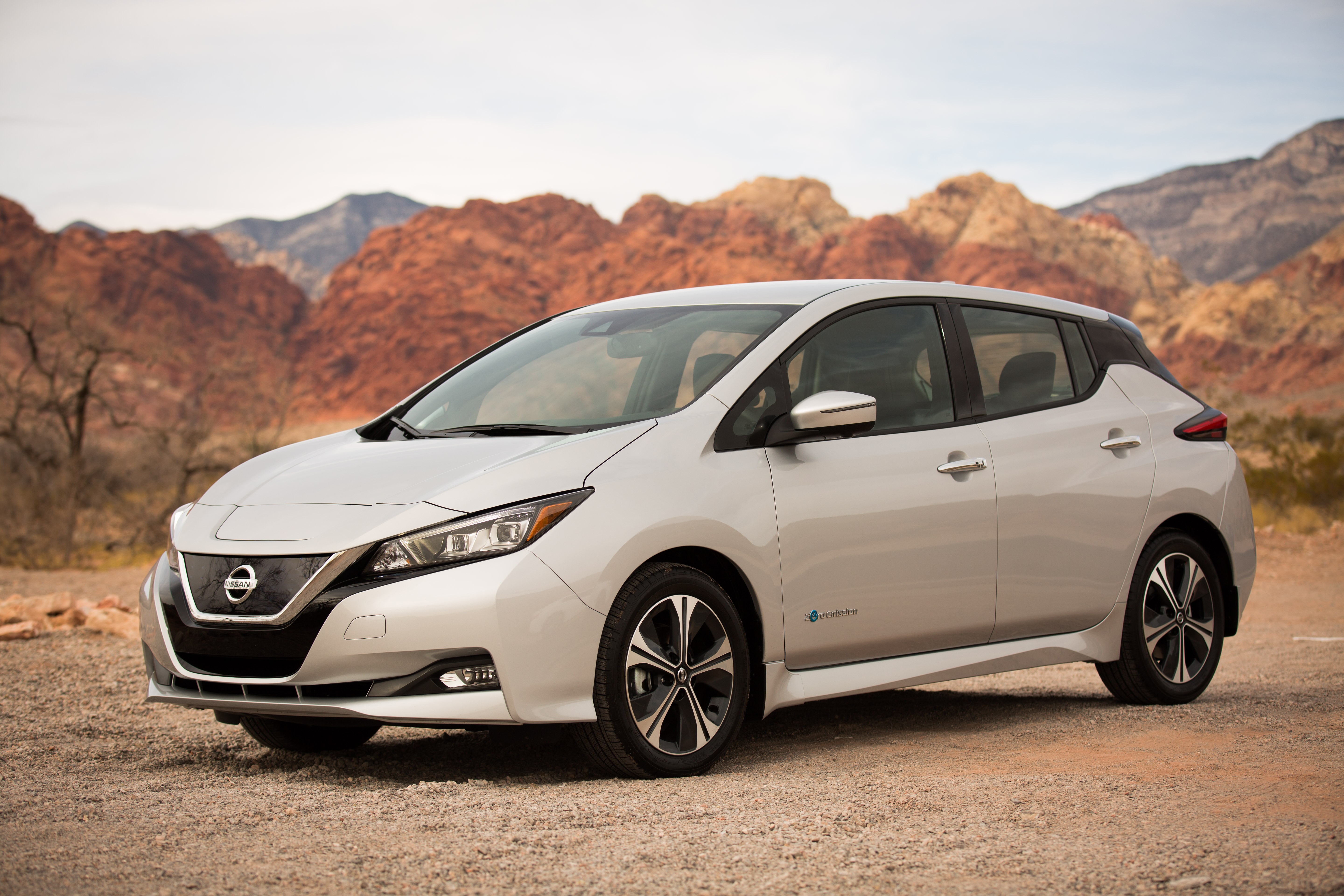
There are lessons to be learned from congestion avoidance schemes in the Netherlands. David Crawford welcomes some new thinking in road pricing
Highway operators worldwide are being urged to learn from Dutch experience in using financial carrots rather than sticks to encourage drivers to avoid contributing to congestion. A Netherlands/UK group makes a convincing cost/benefit case in a new global survey of road pricing technologies, economics and acceptability.
Representing the
Reversing accepted thinking
The concept shares behaviour theory and monitoring technologies with conventional road pricing implementations. But it reverses accepted thinking by rewarding motorists that avoid specified roads or areas during peaks, rather than penalising those that don’t.
Key system components are the existing on-road automatic number plate recognition (ANPR) arrays, which are used first to recruit and then to monitor participants – who sign up as volunteers. Cameras on primary roads in designated networks identify which cars are driving how often during peaks along specific sectors. Drivers, whose personal details are kept confidential, are then invited to join up and be rewarded for changing their travel times, routes or modes.
Supplementary recruitment methods involve inviting employers to engage their staff; and outreach via the media and advertisements on variable message signs. The cameras have proved to be the most effective. The longest road network currently covered serves the region of Groningen, in the north-east of the Netherlands.
Cash gifts
A typical scheme, on the A12 between Zoetermeer and The Hague, put participants in line for cash gifts - of €3 (US$3.50) or €7 (US$8.25) – or the chance to save points towards prizes including smartphones, car washes and tickets to visitor attractions. (Not all points are exchanged, reducing scheme costs).
With cash rewards, research by Australian transportation consultant Stuart Donovan has shown little difference in acceptability as between €3 and €7 – again, a cost saver. (A lottery offering the chance of winning gift cards - highest value a weekend hotel stay; lowest an apple pie - was not a success).
A 2017 evaluation of six schemes for the Rijkswaterstaat has shown average social cost benefit analysis (SCBA) ratios of 1.8 (gross) and 1.4 (net) – the distinction is important for full-scale scheme appraisal. ‘Gross’ describes the direct effect on a road network; ‘net’ allows for some of the resulting traffic space being taken up by drivers deflecting from their customary routes elsewhere to take advantage - so reducing the overall impact.
The main benefit is in travel times, resulting from reduced vehicle loss hours. Costs include those of rewards for participants.
Evaluation has also shown improvement in schemes’ cost effectiveness over the years. Acquired knowledge has reduced investment needs; while shorter lead times and rising participant numbers have lower overheads and SCBA scoring methodology itself has improved.
Rush hour alternatives
Another survey has indicated the alternatives to rush hour travel that participating drivers have adopted: change in time (41%), change in route (30%), working more from home (14%) and using bikes or e-bikes (10%). A mere 5% opted for public transit – a disappointing result for its advocates.
The system is also capable of being used to manage the congestion caused by major roadworks within networks, reducing travel time losses and offering prospects for long-term behavioural change post-completion. Planned or recurrent events that attract large crowds offer another use case; while Arcadis transportation business director Dr Colin Black told ITS International of current trials designed to evaluate the concept’s effectiveness in extending the asset life of identified roads. A representative survey, among 15,000 Dutch travellers, has shown that some 60% support the idea.
From the perspective of public acceptance, concludes the the Institution of Engineering and Technology (IET) survey, the reliance on voluntary participation makes the concept “feel less controversial than conventional road pricing and so reduces resistance of the kind evinced by recent referenda”.
Stressing that systems are also easy and fast to implement, it sees the concept as having “now evolved to an effective congestion reduction measure”. Despite several years’ worth of evidence of cost effectiveness, however, adoption by other countries has been slow. But Sweden has recently adopted the idea “and there is now also interest from Belgium, Denmark, Finland, France, Germany and the UK”, said Black. In Sweden, the concept offers an alternative regional approach to the country’s two major-city, conventional cordon-based congestion charging schemes - in Stockholm and Gothenburg. These are now generating net benefits of €65 million ($76 million) per year in the former and €20 million ($23.4 million) in the latter.
The Gothenburg scheme was able to recover its investment costs in just over a year, by taking advantage of earlier system development in the Swedish capital, where recovery took 3.3 years.
Ex-post cost–benefit analyses carried out after introduction of both systems have shown benefits greater than governmental costs of operation and decreases in fuel tax receipts.
The benefits have mostly been in the form of travel-time savings – higher in Stockholm, where the net social benefit is therefore greater - but partly also in improvements in safety and reductions in noise, pollution and CO2 emissions.
But the survey also highlights the impact that fiscal policies can have on environmental and other gains. Imposed as a national tax, the charge counts as an operating cost which, under Swedish taxation rules, employers pay on behalf of their company car drivers. This makes the impact on congestion “smaller than optimal”, say Swedish researchers, since company-owned vehicles account for some 20% of car traffic crossing the Gothenburg cordon and 39% of that crossing the Stockholm one.
Canadian challenge
Fresh thinking could also help solve the congestion problems of Vancouver, in Canada. One of two proposals identified for further examination in the 2018 Metro Vancouver Mobility Pricing Study is an innovative and long-bruited suggestion to use some of the city’s many bridges as charging points.
The capital costs of establishing the system are put in the range of CAN$150-350 million (US$114-266 million) with annual operating costs of between CAN$110-200 million (US$84-152 million).
Annualising the capital costs over 35 years, a system could deliver annual net revenues in the range of CAN$1.1-1.5bn (US$0.8-1.14bn). It would cost the average household CAN $5-$8 (US$3.8-6.1) per crossing and reduce congestion by 20-25%..
The experience would be highly relevant to similar cities to Vancouver, where much of the traffic flows between polycentric nodes, rather than radially between periphery and core.
IET survey contributor Professor Nancy Olewiler, of the city’s Simon Fraser University, told ITS International that she wants to see the tolls varying by time of day to induce appropriate behaviour change. Differentiation by bridge – an alternative proposal - would risk drivers diverting to save money (if not time).
A conventional cordon, she said, “would be cheaper, but less effective; widely perceived to be very inequitable; challenging to locate; and likely to lead to the defeat of any politician that introduced it”. The ideal would be distance-based, dynamic pricing, where the charge per km varies by zone and time of day. “But this would be very complex”.












